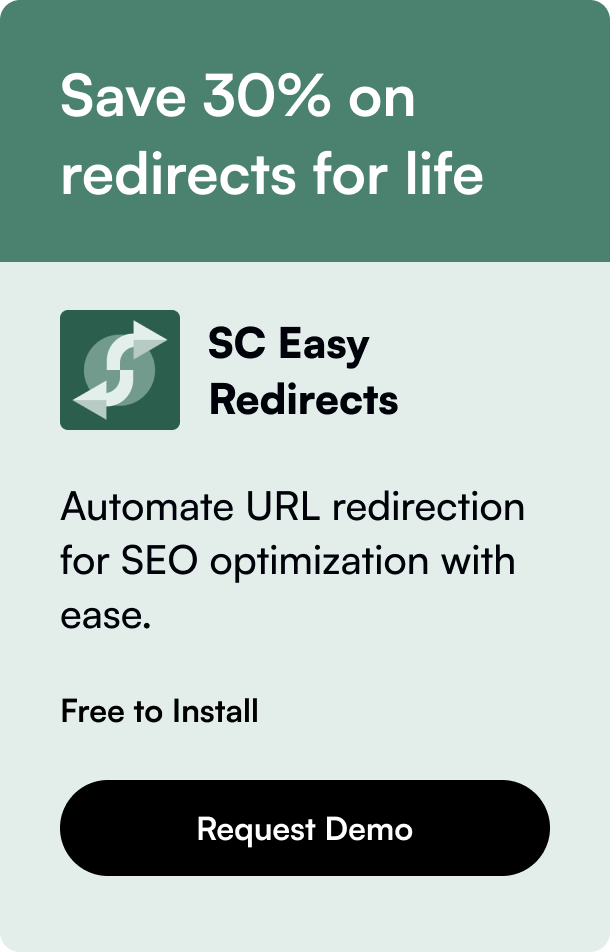Table of Contents
- Introduction
- Why Customize Your Shopify Contact Form?
- How to Customize Your Shopify Contact Form
- Best Practices for Shopify Contact Form Customization
- FAQs About Creating Custom Contact Forms in Shopify
In an era where customer engagement significantly influences business success, the importance of a well-crafted contact form can't be overstated. For Shopify store owners, this means moving beyond the basic functionality to custom contact forms that connect, convert, and convey your brand's uniqueness. Ever wondered how to tweak your Shopify store’s contact form to align it more closely with your needs and the expectations of your visitors? This comprehensive guide will show how to create a custom contact form in Shopify, enhancing user experience and opening up new avenues for customer communication.
Introduction
Imagine this: A potential customer visits your Shopify store, impressed by the curated selection of products and intrigued enough to inquire about a specific item. They click the ‘Contact Us’ page, and what meets their eye? A bland, uninspired contact form that looks like an afterthought. Now, pause and think - is your contact form making or breaking potential business opportunities?
The significance of a contact form transcends mere communication; it's about making every visitor feel seen and heard, ensuring that their journey from a prospect to a loyal customer is seamless. With Shopify’s default contact forms offering limited customization, the demand for a tailored approach is clear. But fear not! This post will guide you through creating a custom contact form in Shopify, ensuring that your brand stands out and speaks directly to your audience’s needs.
We'll cover the essentials of adding personalized fields such as dropdown menus, checkboxes, and text sections, ensuring an engaging interface that prompts action. Whether you're a seasoned coder or a beginner, our step-by-step approach will empower you to elevate your contact form game.
Why Customize Your Shopify Contact Form?
Customizing your contact form in Shopify is not just about aesthetics; it's about creating a more functional and engaging user interface. By incorporating custom fields such as text sections, radial buttons, checkboxes, and dropdown menus, you can gather more relevant information from users, facilitating better communication and customer service. Custom forms can serve various purposes, from collecting specific product inquiries to booking appointments or registering users for an event.
How to Customize Your Shopify Contact Form
Creating a custom contact form in Shopify might seem daunting, but by breaking down the process into manageable steps, it’s quite achievable. Let's dive into how you can enhance your Shopify store with a tailor-made contact form.
Create a New Template for a Page
The first step is to create a new template for your contact page. This involves accessing your Shopify admin dashboard, going to "Online Store" > "Themes" and then clicking on "Actions" > "Edit code". Here, you can create a new template for your contact form by duplicating the existing contact template or starting from scratch if you're comfortable with HTML and Liquid, Shopify’s templating language.
Edit the Code
Editing your new template’s code enables you to add custom fields. This requires a basic understanding of HTML and Liquid. You'll be editing the contact-form.liquid file or the file you've named for your custom contact form. Here is where you specify the types of fields you want to include, such as text boxes, dropdown menus, checkboxes, and radial buttons.
Customize Text Sections and Add Various Fields
To make your contact form user-friendly and relevant, customizing text sections and adding various fields is key. Specify labels for each field clearly and decide which fields are mandatory. For each field you wish to add, use the correct input type in your HTML. For instance, <input type="text"> for basic text entries, <select> for dropdown menus, <input type="radio"> for radial buttons, and <input type="checkbox"> for checkboxes.
Ensuring a Seamless User Experience
After adding all desired fields and customizations, preview your template to ensure everything looks good and functions correctly. It’s imperative to check your form's responsiveness across different devices to ensure a seamless user experience.
Best Practices for Shopify Contact Form Customization
When customizing your Shopify contact form, keep the following best practices in mind:
- Keep It Simple: Avoid overwhelming users with too many fields. Only ask for essential information.
- Mobile Responsiveness: Ensure your contact form is responsive and easy to fill out on mobile devices.
- Clear Call to Action: Your submit button should stand out and encourage users to take action.
- Feedback on Submission: Implement a "Thank you" message or page to acknowledge the user’s submission.
FAQs About Creating Custom Contact Forms in Shopify
Q: Can I create a custom contact form in Shopify without coding?
A: Yes, you can use third-party apps available on the Shopify App Store for drag-and-drop form builders that require no coding.
Q: How can I add a captcha to my Shopify contact form?
A: Captcha can be added by incorporating Google reCAPTCHA code snippets into your form template. Some third-party form apps also offer built-in captcha functionality.
Q: What should I do if my custom contact form is not sending emails?
A: First, check your form's action URL and ensure it's correctly configured to send the data. Also, verify your Shopify store’s email settings and spam filters. If issues persist, contacting Shopify support is advisable.
In conclusion, tailoring your Shopify contact form to meet the precise needs of your brand and its clientele can significantly enhance user engagement and satisfaction. By following the steps outlined above, you're well on your way to designing a contact form that not only looks professional but also facilitates better communication and customer service. Remember, the goal is to make every visitor feel valued and heard, transforming their interaction with your brand into a memorable experience.








